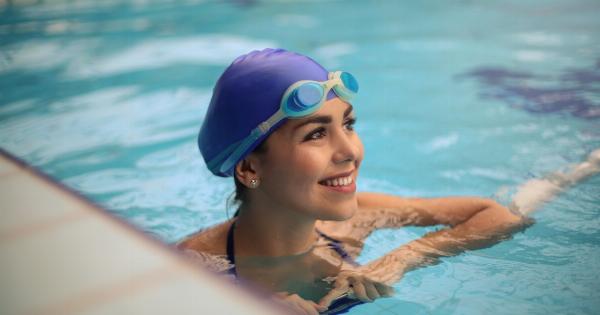Swimming is a fantastic exercise that provides a total body workout and offers numerous health benefits.
Whether you are a beginner or an experienced swimmer, finding the ideal frequency for swimming can help you maximize your results and enjoy a safe and effective routine. In this article, we will explore tips and tricks to help you determine the perfect swimming frequency for your fitness goals.
1. Assess your Fitness Level
Before diving into any exercise routine, it is important to assess your current fitness level. This will help you determine the appropriate frequency for swimming.
If you are new to swimming or have been inactive for a while, start with a lighter schedule to gradually build up your stamina and endurance.
2. Consider Your Goals
Are you swimming for weight loss, cardiovascular health, or muscle toning? Identifying your goals will help you determine how frequently you should swim. For general fitness, aim for at least two to three swimming sessions per week.
If your goal is weight loss or muscle building, you may need to increase the frequency to four or more sessions per week.
3. Listen to Your Body
It is essential to listen to your body and pay attention to how it responds to swimming. If you feel excessively fatigued, sore, or experience any joint or muscle pain, it may be a sign that you are swimming too frequently.
In such cases, reduce the frequency or intensity of your sessions to avoid overtraining and injuries.
4. Mix Up Your Swimming Routine
To keep your swimming routine interesting and prevent plateaus, consider mixing up your workouts. Incorporate different strokes, intervals, and drills to challenge different muscle groups and improve your overall swimming skills.
This variety will help you stay motivated and avoid burnout.
5. Duration of Each Session
The duration of each swimming session depends on your fitness level, goals, and available time. Aim for at least 30 minutes of continuous swimming to experience cardiovascular benefits.
If you are aiming for weight loss or muscle toning, extend your sessions to 45-60 minutes, incorporating interval training and higher intensity sets.
6. Allow for Rest and Recovery
Rest and recovery are vital components of any exercise routine. Swimming is a low-impact exercise, but it still puts strain on your muscles and joints.
Make sure to schedule rest days in between swimming sessions to allow your body to recover and repair itself. This will help prevent overuse injuries and improve your performance in the pool.
7. Warm-Up and Cool-Down
Before jumping into the pool, it is crucial to warm up your muscles and prepare your body for the swim ahead. Spend at least 5-10 minutes performing dynamic stretches and low-intensity exercises to increase your heart rate and loosen up your joints.
Similarly, end each session with a few minutes of easy swimming and static stretches to cool down and prevent muscle soreness.
8. Gradually Increase Frequency
If you are new to swimming or increasing your swimming frequency, it is essential to do so gradually. Sudden increases in frequency or intensity can lead to overuse injuries and burnout.
Begin by adding an extra swimming session every two weeks and monitor how your body responds. If you feel comfortable, increase your frequency gradually while paying attention to any signs of overtraining.
9. Consider Professional Guidance
If you are unsure about determining the ideal frequency for swimming or need help designing a personalized swimming routine, consider seeking professional guidance.
Swimming coaches or certified trainers can assess your abilities, understand your goals, and create a tailored plan to help you achieve optimal results.
10. Listen to Your Mind
Lastly, don’t forget to listen to your mind as well. Swimming is not only a physical exercise but also a great way to relieve stress and relax.
If you feel mentally exhausted or overwhelmed, take a break from swimming and engage in other activities that bring you joy. Mental well-being is just as important as physical fitness.






























